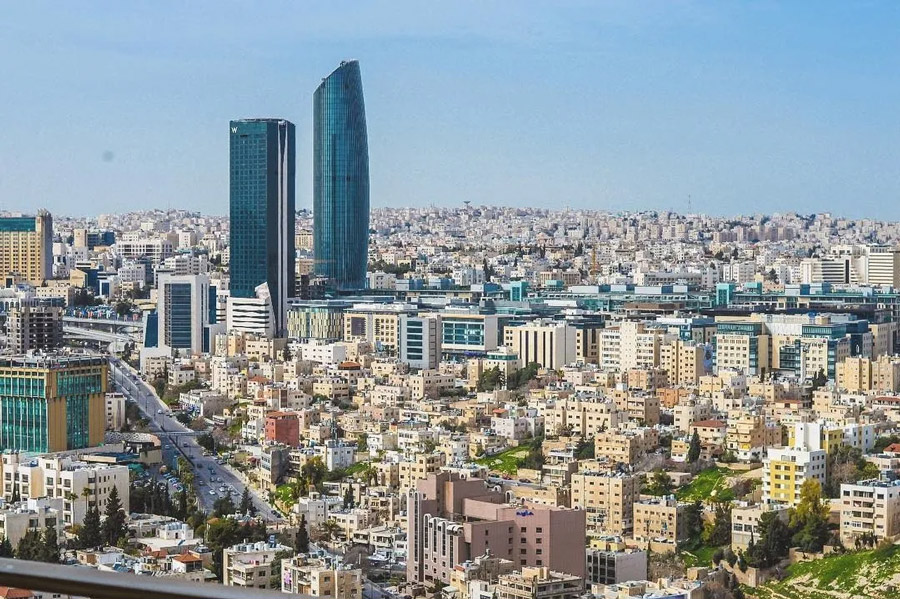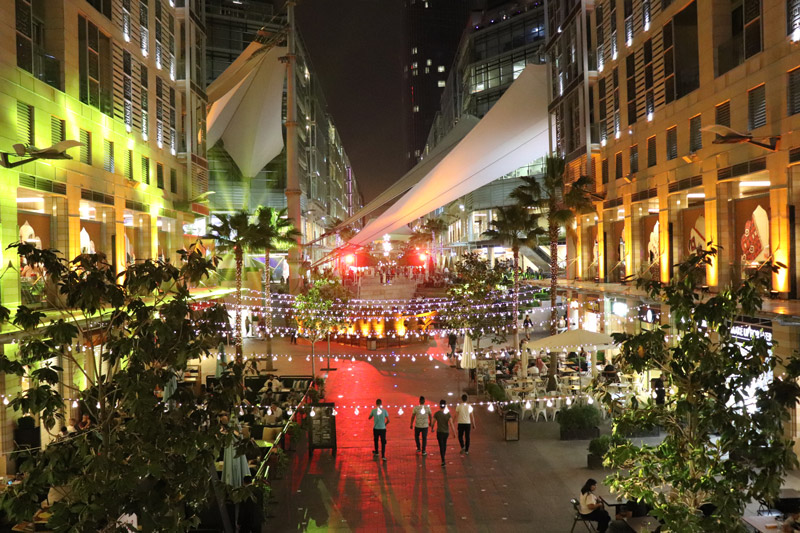Amman
Amman, the capital of Jordan, is a city of contrasts. In the commercial heart of the city, modern buildings, hotels, restaurants, art galleries, and boutiques mix with traditional coffee shops and artisans' workshops.
The residential suburbs consist of mainly tree-lined streets and avenues flanked by elegant, white houses in accordance with a municipal law, which states that all buildings must be faced with local stone.
The downtown area is more traditional with vibrant smaller businesses producing and selling everything from fabulous jewellery to everyday household items.
The people of Amman are multi-cultural, multi-denominational, well-educated and extremely hospitable. They welcome visitors and take pride in showing them around their fascinating and beloved city.




